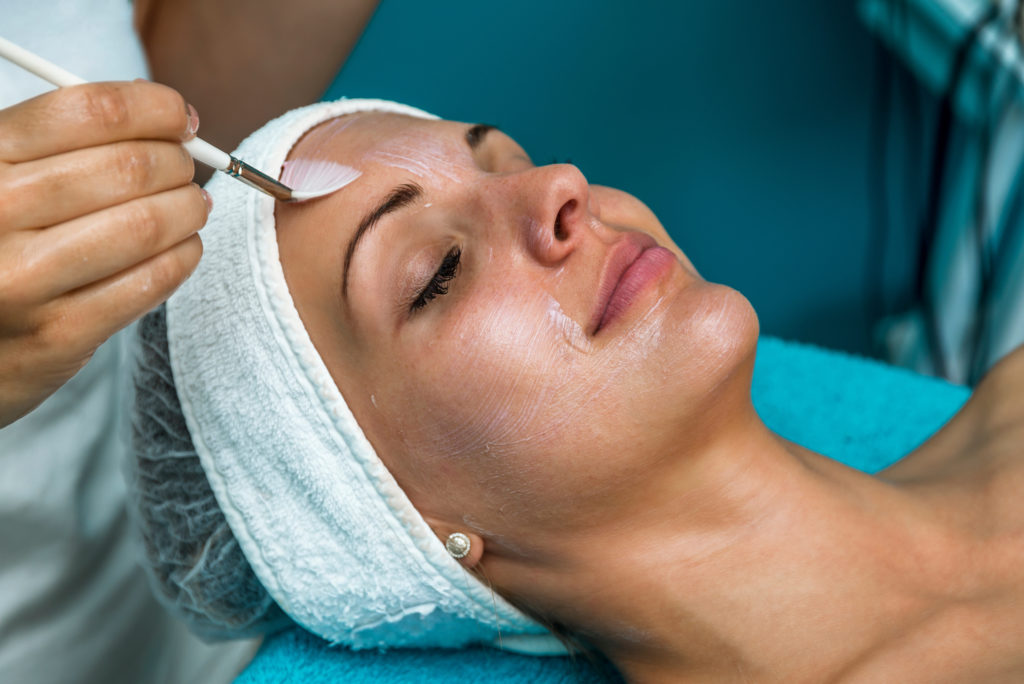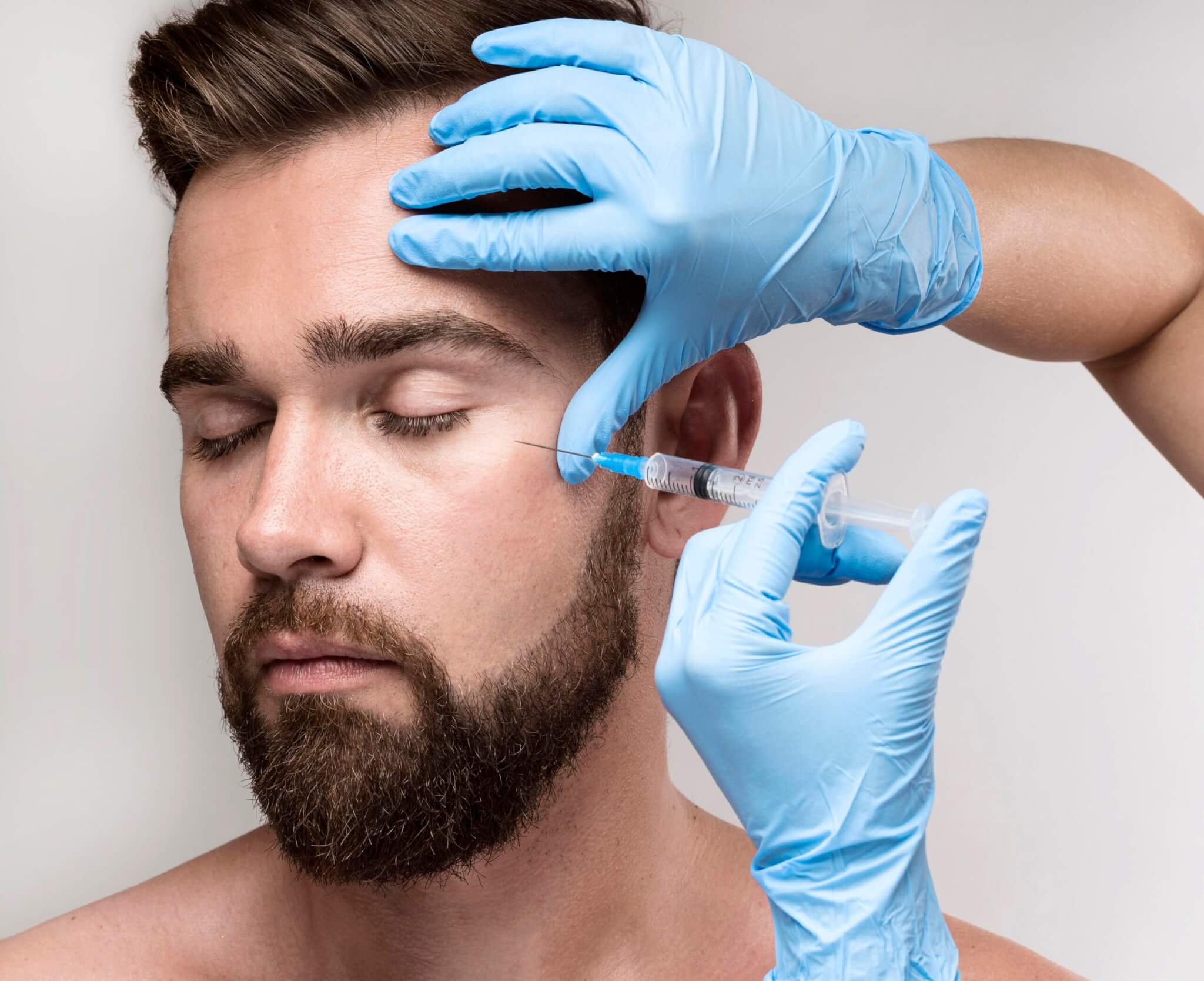Chemical peels are today’s modern approach to skin rejuvenation. Looking for solutions for fine lines and wrinkles can be challenging, especially with many options in the cosmetic scene nowadays. Chemical peels are the latest and trendiest cosmetic skin treatment with promising results. Even though chemical peels work well, questions would still pop up about this procedure, its possible risks or its safety, and of course, its ingredients.
Today, let’s know more about chemical peels, what’s in them, and if these skin rejuvenating treatments are safe. Read until the end to discover so much more!
What is a Chemical Peel?
Chemical peels are procedures in which chemical solutions are administered and applied to the skin, removing its top layers. The skin that grows back after this procedure is smoother than before—for light or medium peels, undergoing the chemical peel procedure more than once might be needed to achieve your desired results.
In addition, chemical peels are common treatments against wrinkles, fine lines, discolored skin, and scars — these issues usually occur on the face. These peels can be given alone or combined with other cosmetic procedures.
Different depths, from light to deep, can be chosen for chemical peels. More profound alterations offer many more-dramatic results but will take longer for recovery.
Types of Chemical Peels
Chemical peels are skin-resurfacing procedures. Based on the specific issues you want to address with this peel procedure, you can select a chemical peel from one (1) of these three (3) depths:
- Light chemical peels – are superficial chemical peels that remove the skin’s outer layer known as the epidermis. It is used commonly for treating acne, fine lines, wrinkles, dryness, and uneven skin tone. Light peels can be administered every two (2) to five (5) weeks.
- Medium chemical peels – are medium chemical peels that help remove skin cells from the epidermis and portions of the upper part of the skin’s middle layer called the dermis. This peel treats acne scars, wrinkles, and uneven skin tone. Repeated procedures might be needed in achieving or maintaining your much-desired results.
- Deep chemical peels – are deep chemical peels for an even deeper removal of skin cells. Doctors or healthcare providers might suggest one treatment for deeper wrinkles, scars, or pre-cancerous growths. Since it’s a deeper approach, repeat procedures may not be necessary to get the full effect.
All chemical peel types, no matter how severe they are, cannot remove deep scars or unwanted wrinkles or help tighten sagging skin.
How Chemical Peels Work
As acid-based, topical solutions, chemical peels decrease the prominence of unwanted skin issues, such as wrinkles, scars, sun and age spots, and sagging skin.
During your initial appointment, aesthetics professionals will first prepare your skin by cleaning and cleansing it with water and mild washes.
Then, chemical compounds are given to your skin by applying subsequent layers. Sensations of minor discomfort or tingling during the ongoing treatment can happen, but these effects are temporary, subduing once the chemical gets neutralized.
Over the following days, the skin’s outermost layers will start to peel or flake. This peeling exposes the new, fresh skin to appear and makes you look younger.
Initially, you may notice redness the same as that of slight sunburns. But as your skin begins its healing process, you’ll see remarkable and impressive results that remove the appearance of scars, wrinkles, discoloration, and age spots.
What’s In Chemical Peels
Revitalizing creams, serums, or lotions may have the same chemical peels containing ingredients. Some of these ingredients might be the same as what products you are already putting on your face contain. This concentration of components found in chemical peels makes it significantly different and preferable to standard skincare regimens. Some of the most common chemical peel ingredients may include:
- Glycolic acid
- Hydroquinone
- Lactic acid
- Mandelic acid
- Resorcinol
- Retinoic acid
- Salicylic acid
- Trichloroacetic acid
Ask your doctor or healthcare provider all the questions you may have and need to know about these chemical peel ingredients to know which peel is the best among all your options.
Chemical Peel Procedure
Here’s a quick rundown of what happens in a chemical peel procedure.
During a light chemical peel:
- Doctors use a brush, gauze, cotton ball, or sponge to apply chemical solutions that usually contain glycolic acid or salicylic acid. Then, the treated skin starts to whiten.
- A mild stinging feeling might happen while the chemical solution is on your skin.
- Afterward, practitioners apply neutralizing solutions or washes to remove the chemical peel solution from your targeted skin area.
During a medium chemical peel:
- Doctors use cotton-tipped applicators or gauzes to apply chemical solutions containing trichloroacetic acid and sometimes in combination with glycolic acid. Your treated skin will begin to whiten.
- Afterward, practitioners will apply cold compresses to help soothe your treated skin. Doctors might also provide you with hand-held fans for cooling your skin. However, no neutralizing solutions will be needed.
- Stinging and burning sensations might happen for up to 20 minutes.
During a deep chemical peel:
- Doctors will give Intravenous or IV fluids to you while your heart rate is closely monitored.
- Practitioners use cotton-tipped applicators to administer phenol or carbolic acid to your skin. The treated skin will start turning white or gray.
- You can limit your exposure to phenol when your doctor gives the procedure in portions at 15-minute intervals. Full-facial methods might take about 90 minutes.
Are Chemical Peels Safe?
Chemical peels aren’t solutions for all skin imperfections. During your initial skin consultation with your doctor or healthcare provider, discuss your health history for them to help you predict and prevent any complications from a chemical peel. If you’re not an ideal candidate for chemical peels, medical professionals will recommend alternative treatments that can better suit your particular skin needs.
Although chemical peels are typically safe for most of us, it is not advisable to be done at home. Professional practitioners only order certified chemical peels that can guarantee the product’s ingredients you’ll be using are safe for use. If you purchase chemical peels from online shops, there can be no way to validate the product’s ingredients and their safety for chemical peeling.
Final Thoughts on Chemical Peels
Chemical peels are skin resurfacing treatments that effectively treat most skin issues and concerns. However, these peels are not for everyone. Consult your doctor or healthcare provider to know if chemical peels are the best option for your skin needs.
Are you interested in chemical peels? Our great friends at Derm Artisan – Artisan Management NY can help you today. Visit them now! https://dermartisan.com/






